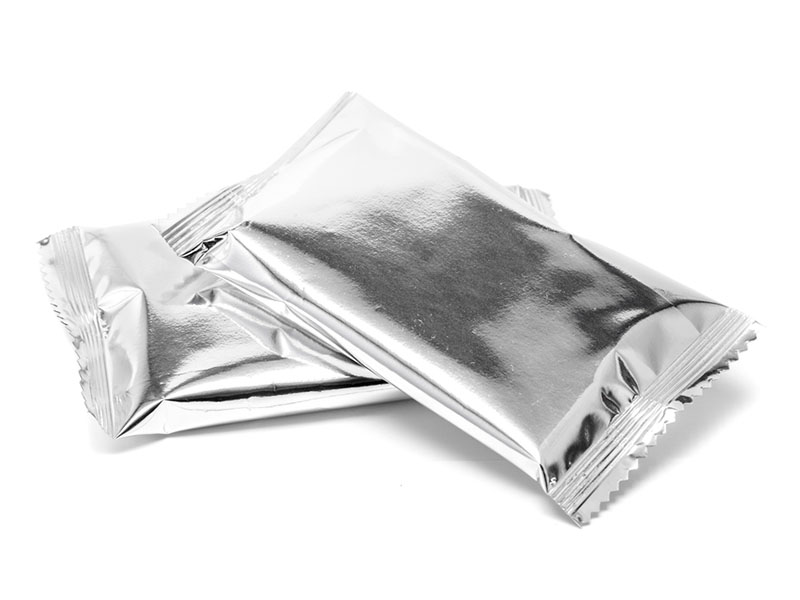Foreword
Blister packs, and four-side seal pouches are two popular forms of primary packaging systems. In Europe, 85% of solid dosage forms are packaged in blisters in the US, less than 20%. However, due to its advantages, blister packs are increasingly accepted by consumers and manufacturers in the United States.
However, it is difficult to distinguish between blister packs and four-side seal pouch packs. In my opinion, after reading this article you may understand the difference between blister packs and four-side seal packs. Also, you can find the difference between four-side seal pack and blister pack from here. However, do you know the difference between wrapping and wrapping?

Definition Of Blister Packs And Four-Side Sealed Bags
A blister pack is a unit dose packaging format in which pre-formed blisters/blisters are filled with product and sealed with a heat-sealable cover material. Here, blisters/eyes/shells are formed by thermoforming or cold forming processes.
Four-side-seal packaging is another form of unit-dose packaging in which the drug product is enclosed between two sheets of heat-sealable packaging material by a heated reciprocating flat plate heat seal, or a heated sealing roller.
The Process Of Blister Packaging And Four-Sided Sealing Packaging
Blister packaging process: Blister packaging is made by the form-fill-seal method. First, blisters/blisters are formed by thermoforming or cold forming processes, then filled with product and sealed with a heat-sealable cover material.
Four-side seal packaging process: When the tablet passes through a heated reciprocating heat-sealing plate, or a heated sealing roller, and falls into the sealing area between the heat-sealable flexible film rolls on both sides, a four-side seal package is formed around the tablet.
Advantages Of The Two Packages
Blister Pack
• Can provide more mechanical protection
• Ease of use
Four Sides Sealed Packaging
• Better child resistance.
• Packs are very “tight”, less air is contained, thus providing more protection from air molecules and moisture.
•Four-side seal packaging is more suitable for capsule packaging. It keeps capsules separated, organized and secure.
Disadvantages Of Both Packages
Blister Pack
• More air trapped on blister.
• Less resistance for children to use than four-sided seals.
Four Sides Sealed Packaging
• takes up more space
• Elderly people and people with finger arthritis should not use the four-sided pack.
• Risk of product damage during handling/susceptibility to mechanical damage.
Patient Compliance
Blister packs have a good presentation advantage. Thus, blister packs can help customers see medicines, further assisting them in their purchasing decisions. More than half of customers think it is important to see a product through its packaging.
On the other hand, four-sided packaging does not provide a good display advantage (unless one side is transparent).
Instructions
Remove product from blister pack by pushing or peeling. But the product will be displaced from the four-sided seal package due to tearing.
Bubble Cavity

In blister packs, the blister/cavity is formed by a thermoforming or cold forming process. Conversely, blister packs have either thermoformed or cold-formed cavities, while in four-side-sealed packs, there are no thermoformed or cold-formed blisters.
Forming Methods Of Blister Packs And Four-Side Seal Packs
There Are Two Basic Types Of Pharmaceutical Blister Packs
• Thermoformed blister packs
• Cold stretch blister packaging
Four-Sided Sealing Packaging Does Not Require Forming Blisters
Popularity
Blister Packs Are The Most Popular Primary Packaging System Than Four-Side Seal Packs.
Blister packs serve as the primary packaging for a range of pharmaceutical products such as tablets, pills, capsules, suppositories, vials and ampoules.
Four-Side Seal Packaging Is An Alternative Main Packaging System, Especially For Packaging Capsules, Tablets.










